Spotting near-Earth asteroids
by Scott Dutfield · 14/11/2019

Could you be the one who discovers the next asteroid making its way towards Earth?
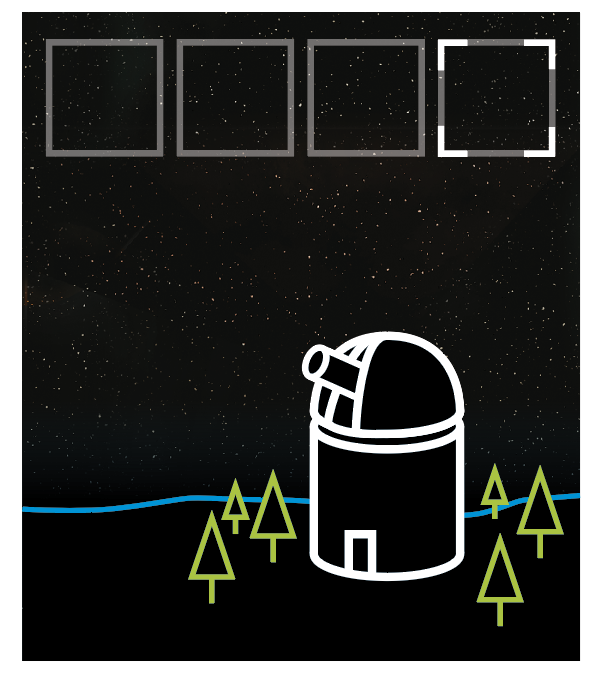
Searching the skies
The night sky is already abundant with faint specks of light, but somewhere among them is a near-Earth object yet to be found. Only by taking multiple exposures of the night sky will you be able to find one.
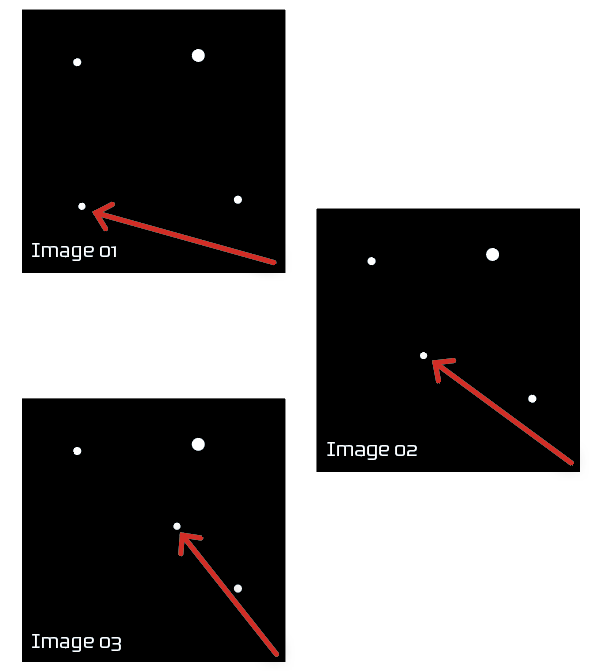
Distinguishing asteroids
If you notice a speck of light moving fast relative to the background stars, this is the strongest evidence that an asteroid has made its way across your field of view.
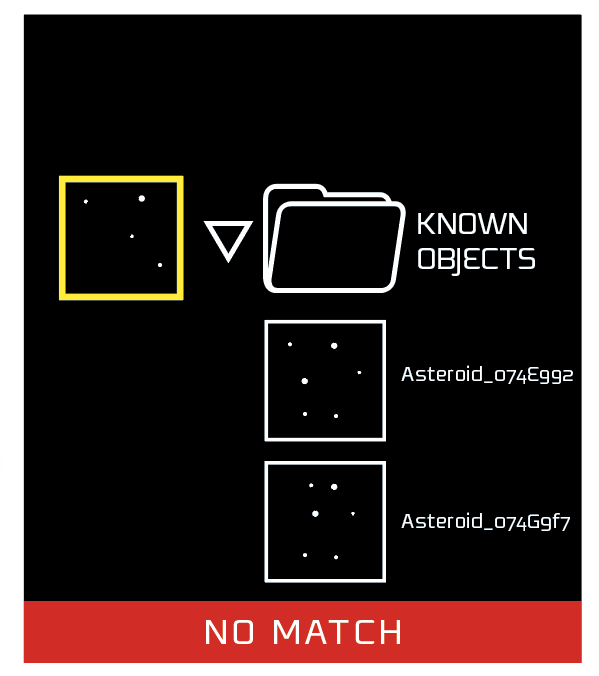
Has it already been discovered?
NASA and other institutions have extensive databases of known near-Earth asteroids. A search of these databases will show if this asteroid has already been discovered. If not, this asteroid will be added to a list of objects waiting to be confirmed.
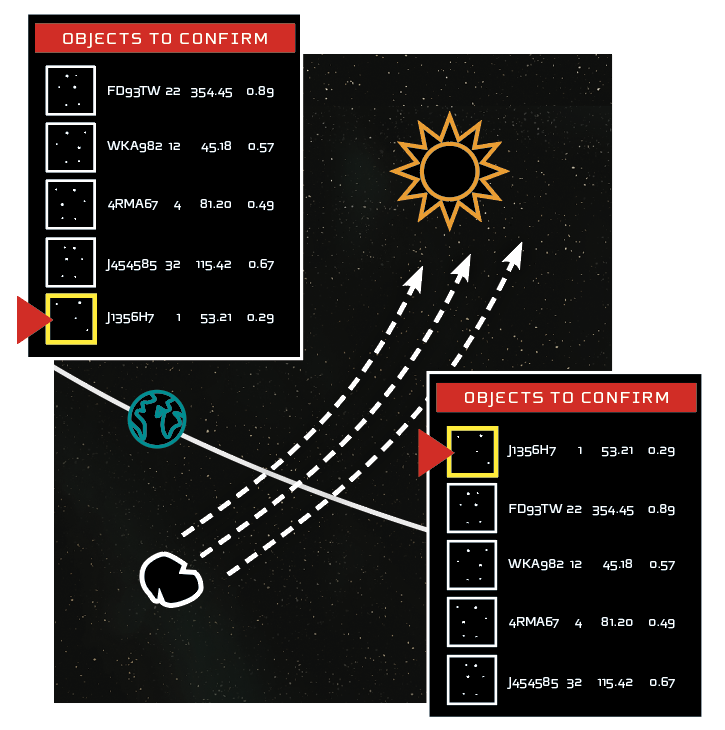
Calculating its trajectory
Whether an object is passing close to Earth can be calculated by refining its trajectory. If it is then it will be made a high priority, warranting a quicker follow-up period.
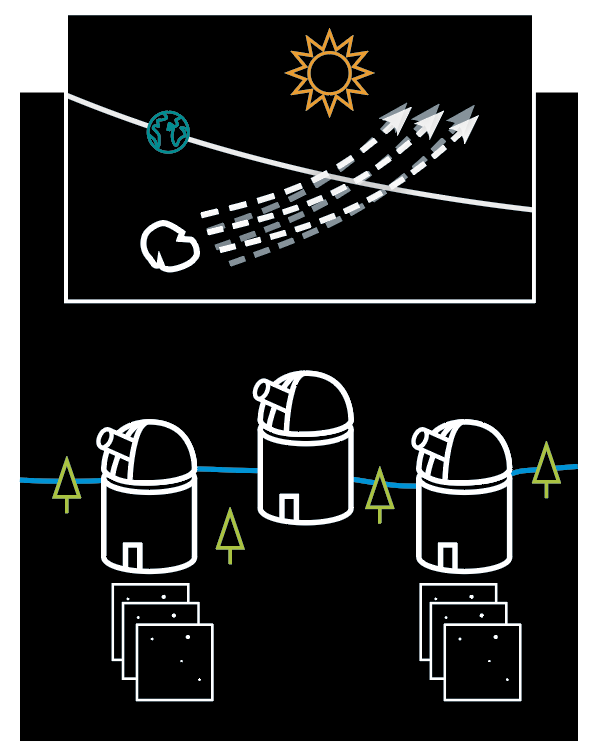
Calling all astronomers!
Follow-up observations are made by astronomers worldwide. Whether it be amateur astronomers or big institutions like NASA, every piece of data collected about an asteroid is important for defining its orbital path.

Clarify and collect data
All this data allows NASA’s Planetary Defense Office to definitively calculate the true trajectory of a near-Earth asteroid. This determines whether it’s likely to hit Earth or whether it will pass us by.
This article was originally published in How It Works issue 113, written by Lee Cavendish
For more science and technology articles, pick up the latest copy of How It Works from all good retailers or from our website now. If you have a tablet or smartphone, you can also download the digital version onto your iOS or Android device. To make sure you never miss an issue of How It Works magazine, subscribe today!





